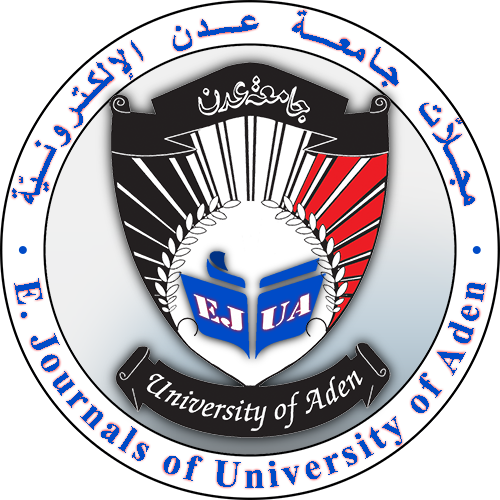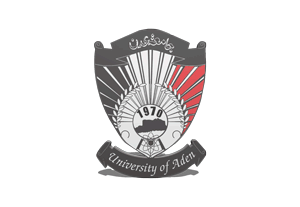REDUCTION RATE OF SOME HEAVY METAL IN DIFFERENT CONCENTRATIONS USING Pseudomonas aeruginosa ISOLATED FROM TENNARY WASTEWATER EFFLEUNT
DOI:
https://doi.org/10.47372/ejua-ba.2023.4.304Keywords:
Pseudomonas aeruginosa, Bioremediation of heavy metal, Heavy metal resistant bacteria, AbsorptionAbstract
Industrial developments led to environmental pollution with toxic heavy metals which spreading all over the world. Heavy metal pollution, characterized by its heightened toxicity, resistance to biodegradation, and biological accumulation, has significantly jeopardized both human health and ecological stability. Microbial activities offer a potential avenue for immobilizing, removing, and detoxifying active heavy metal ions in the natural environment. This research aimed to study the ability of Pseudomonas aeruginosa in reducing the amount of Cd, Ni, Cr, Zn and Pb that found in tannery wastewater and to investigate its survivability in high concentrations of these metals. In this study Pseudomonas aeruginosa, was isolated from tannery effluents wastewater. Pseudomonas aeruginosa has been incubated in medium contained 50, 100, 300, 500 and 1000 ppm of Cd, Ni, Cr, Zn and Pb for 6, 12 and 24hrs at 37 °C. Results showed that Pseudomonas aeruginosa was able to cause a significant reduction of Cd, Ni, Cr, Zn and Pb at incubation time of 24 hours at concentration of 50, 100 and 300 ppm ,the reduction level for Ni were (96.5%, 96.2% and 96.4 %) respectively, Cd (76.4%, 82.1% and 83.8 % )respectively, Cr showed reduction rates of ( 97.7% , 99.4% and 99.1%) respectively, Pb ( 87.3% ,91.9% and 89.6%) respectively, and (82%, 87.6% and 80.1 %) respectively for Zn, Pseudomonas aeruginosa was not able to grow at concentration level of 500 and 1000 ppm for Cd, Ni, Cr, Zn and Pb. These results indicated that Pseudomonas aeruginosa is able to survive in tannery effluents wastewater containing high levels of Cd, Ni, Zn, Cr and Pb. Therefore, more research is recommended to study the ability of this species to remove Cd, Ni, Cr, Zn and Pb in different conditions.
Downloads
Downloads
Published
How to Cite
Issue
Section
License
Copyright (c) 2023 Nahla A. M. Ibrahim, Sanaa Osman Yagoub

This work is licensed under a Creative Commons Attribution-NonCommercial 4.0 International License.










